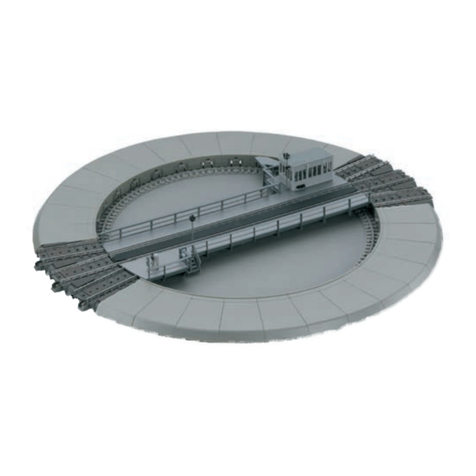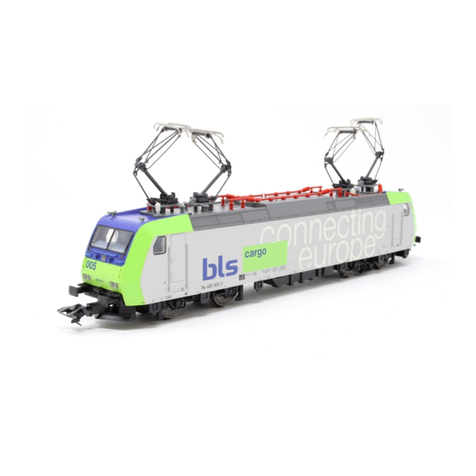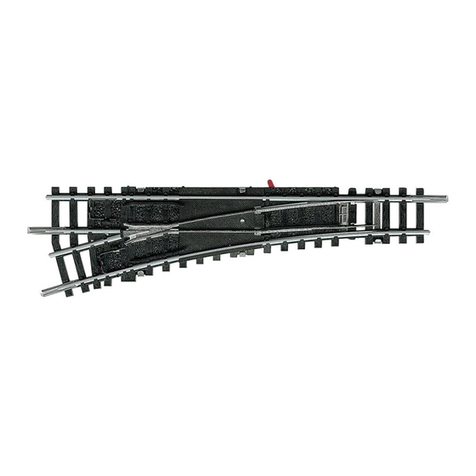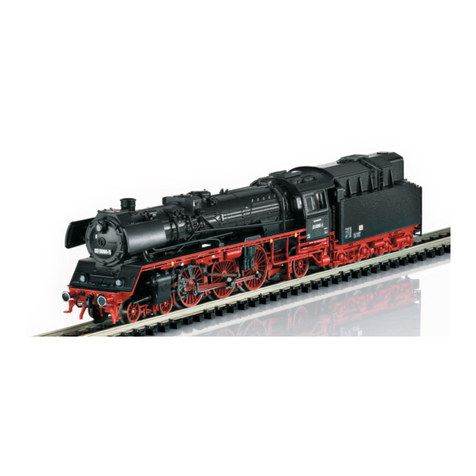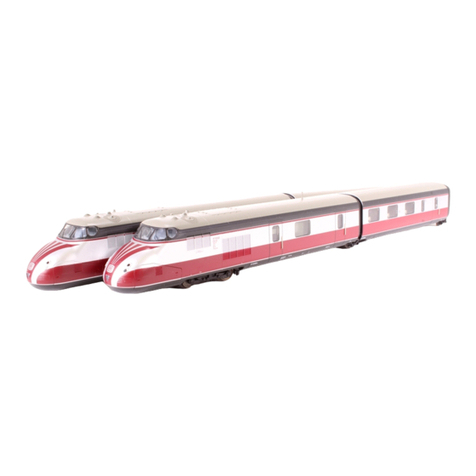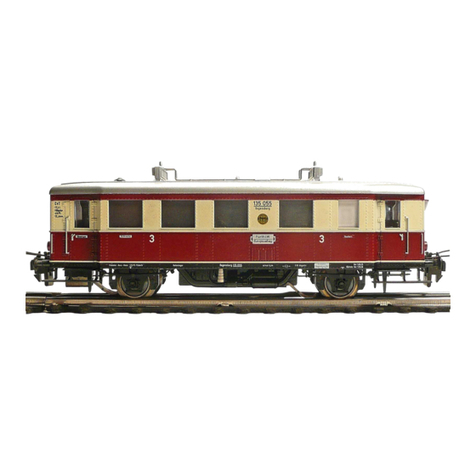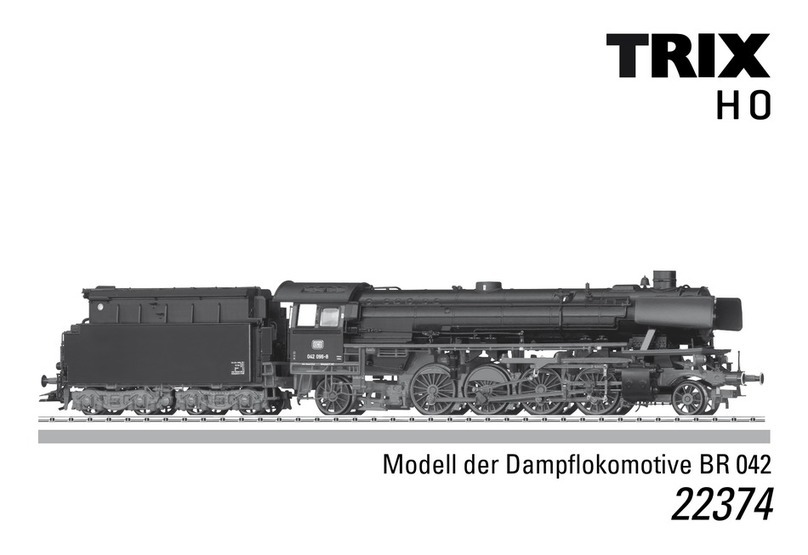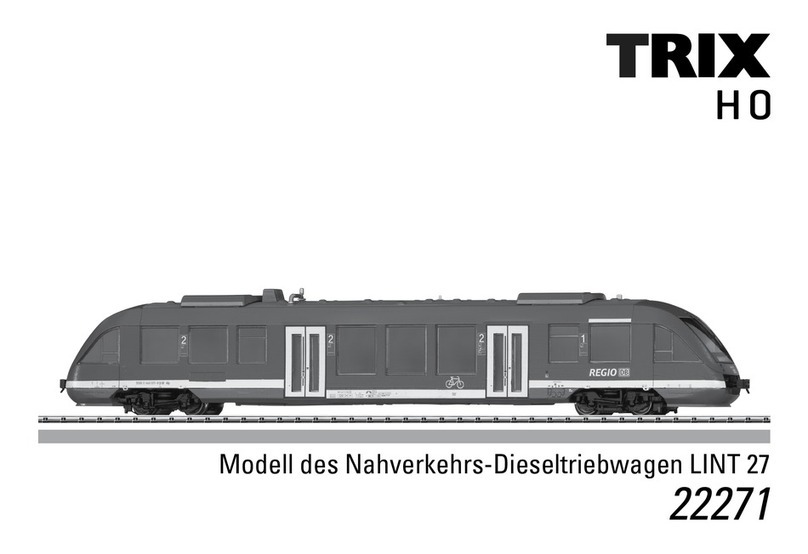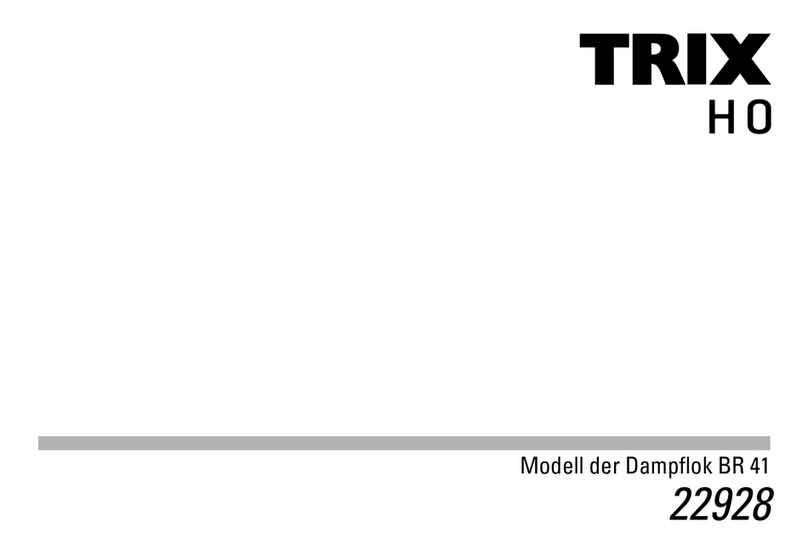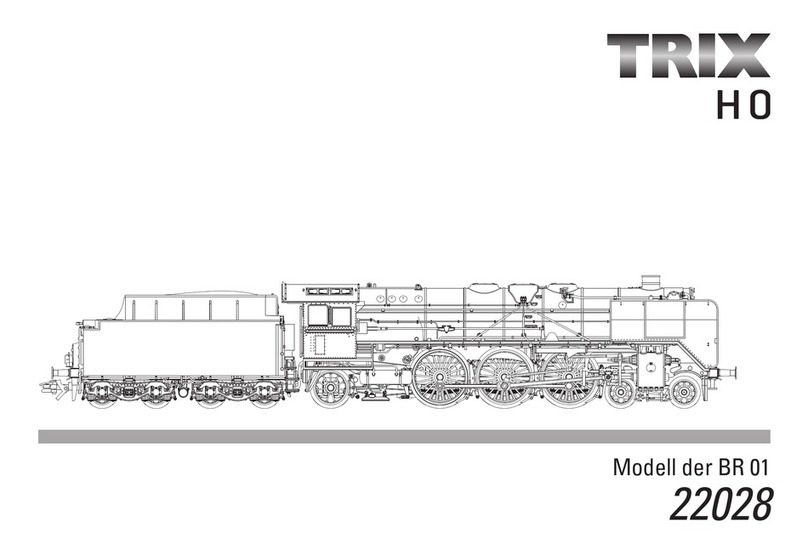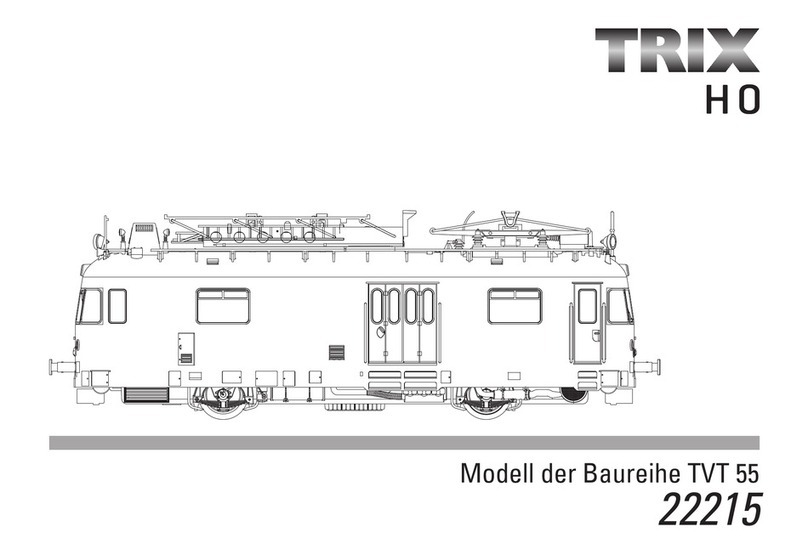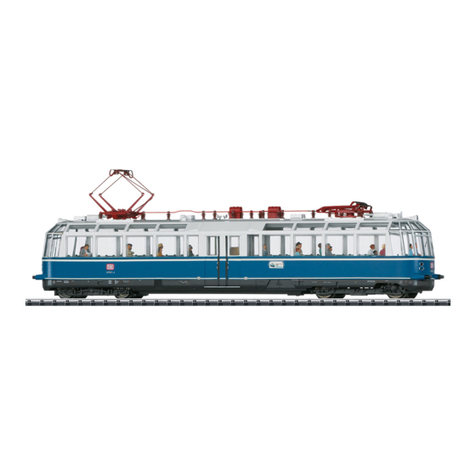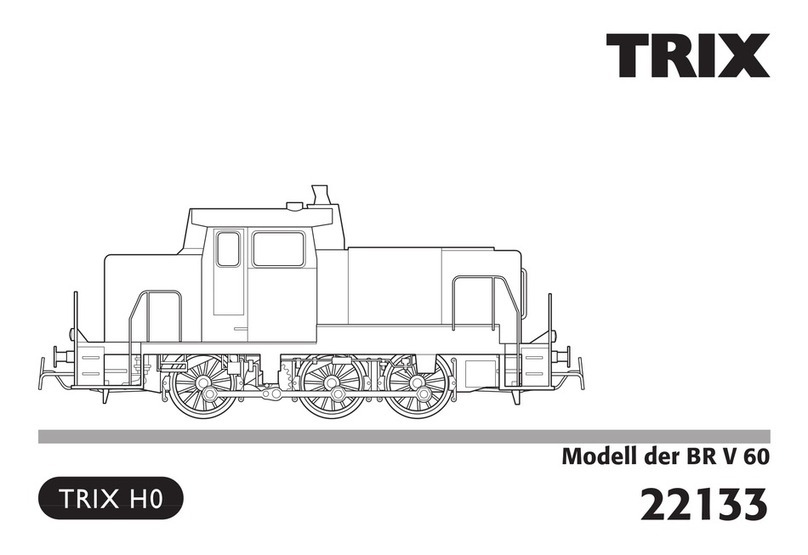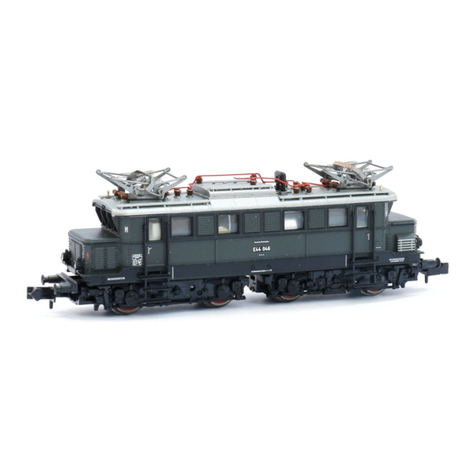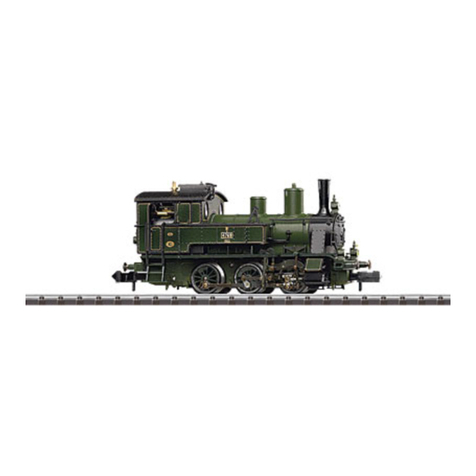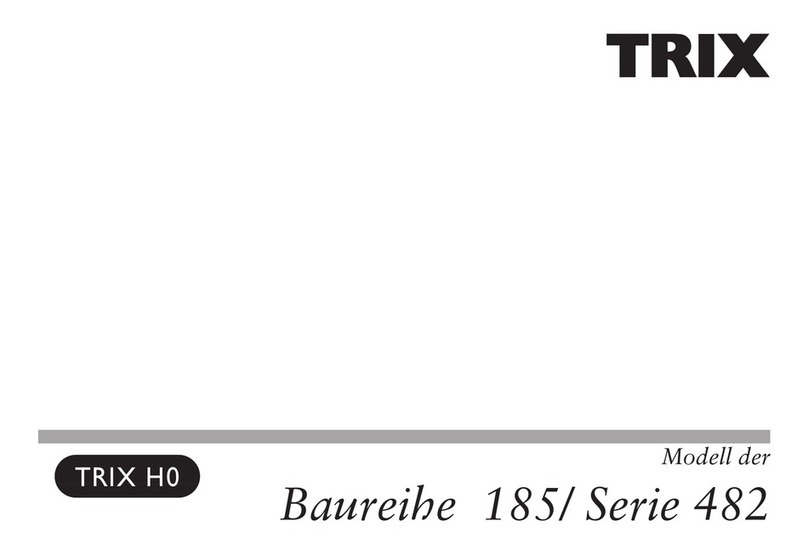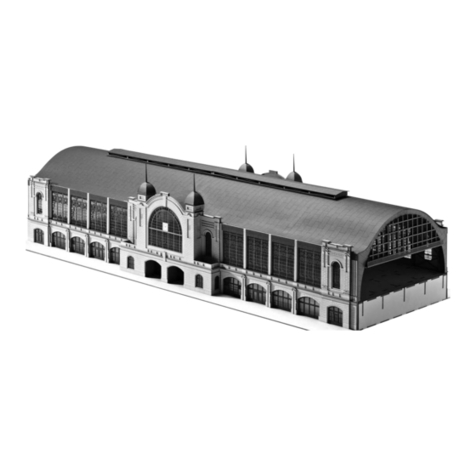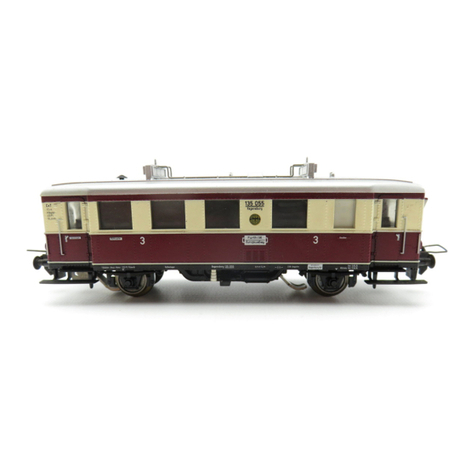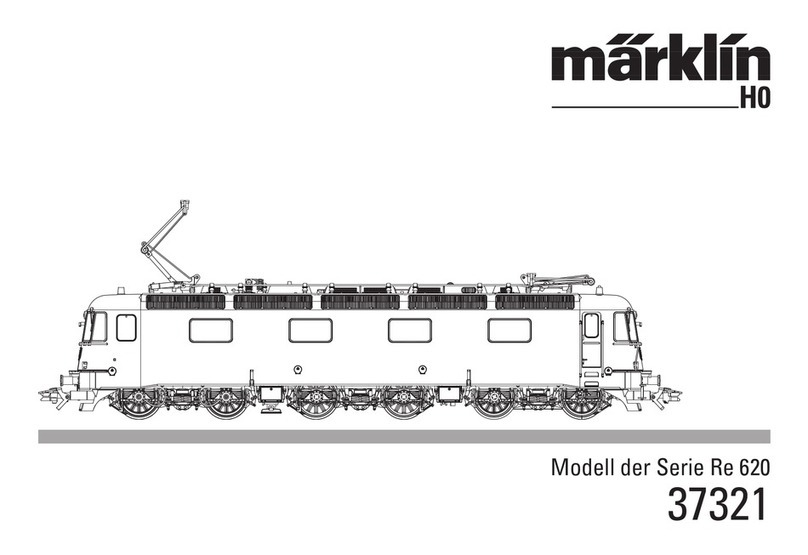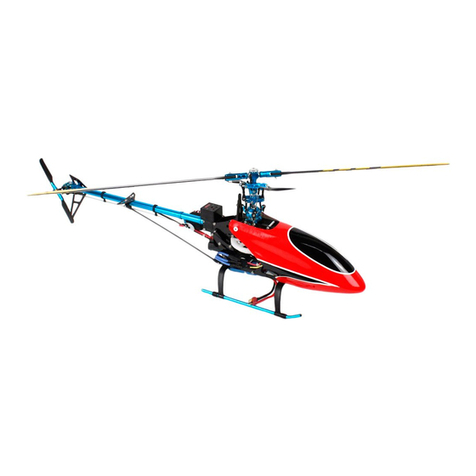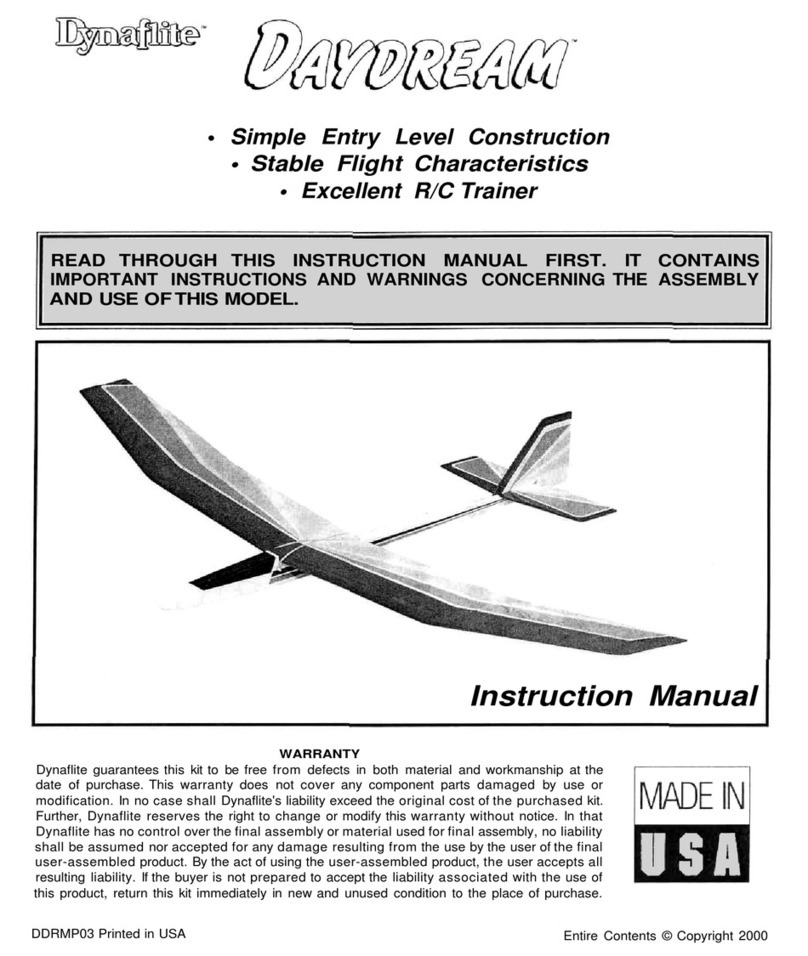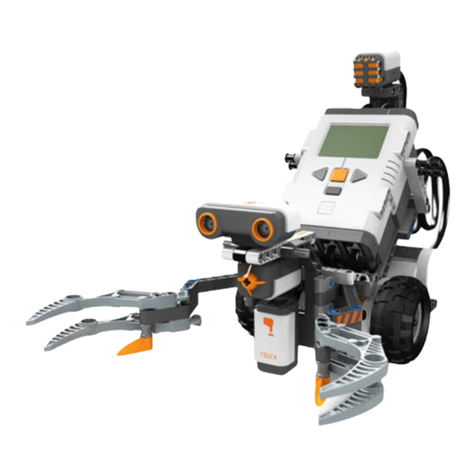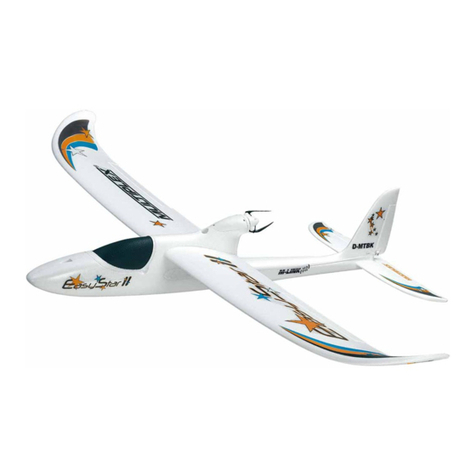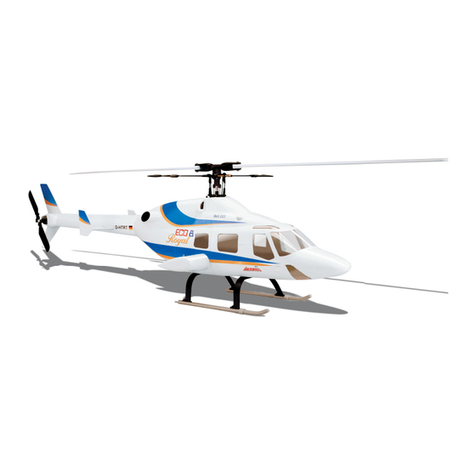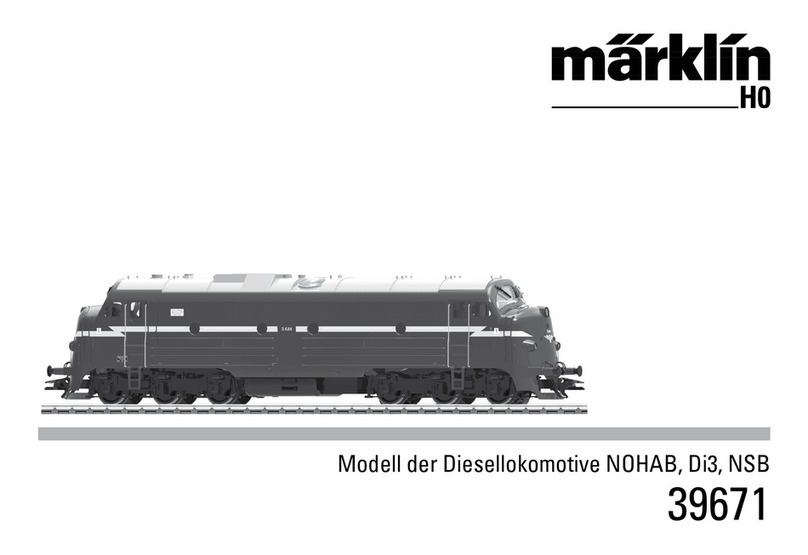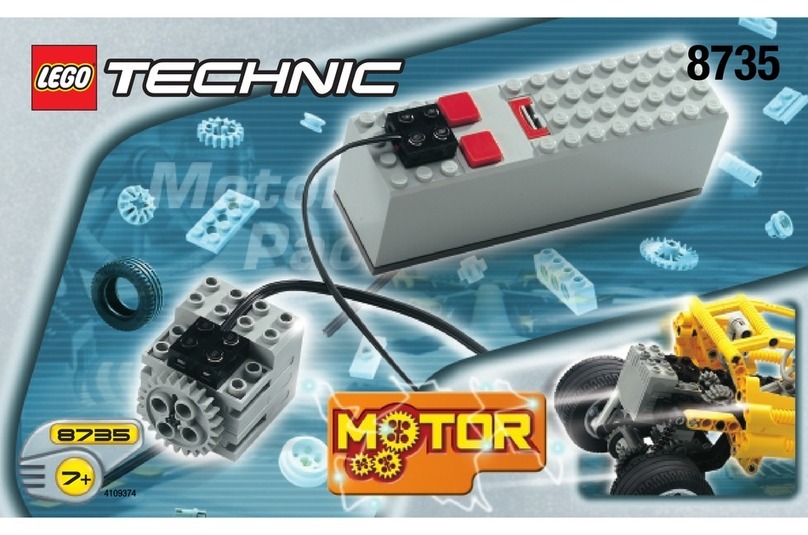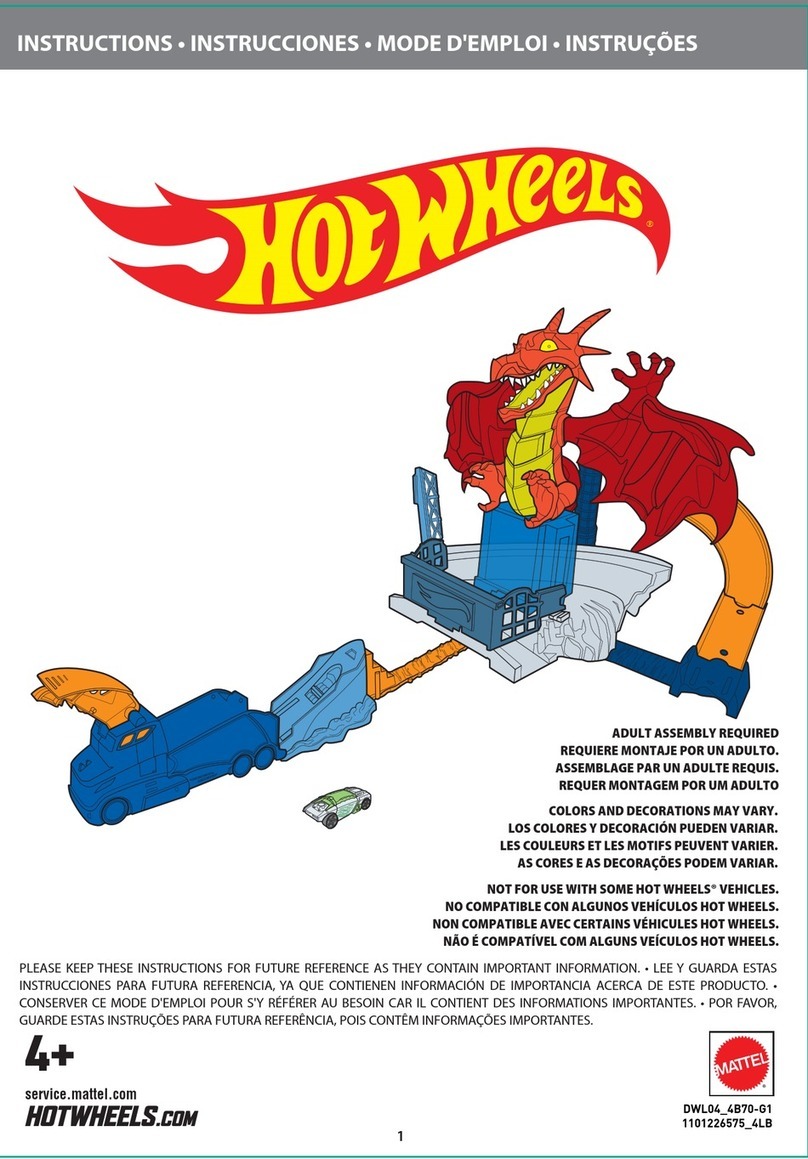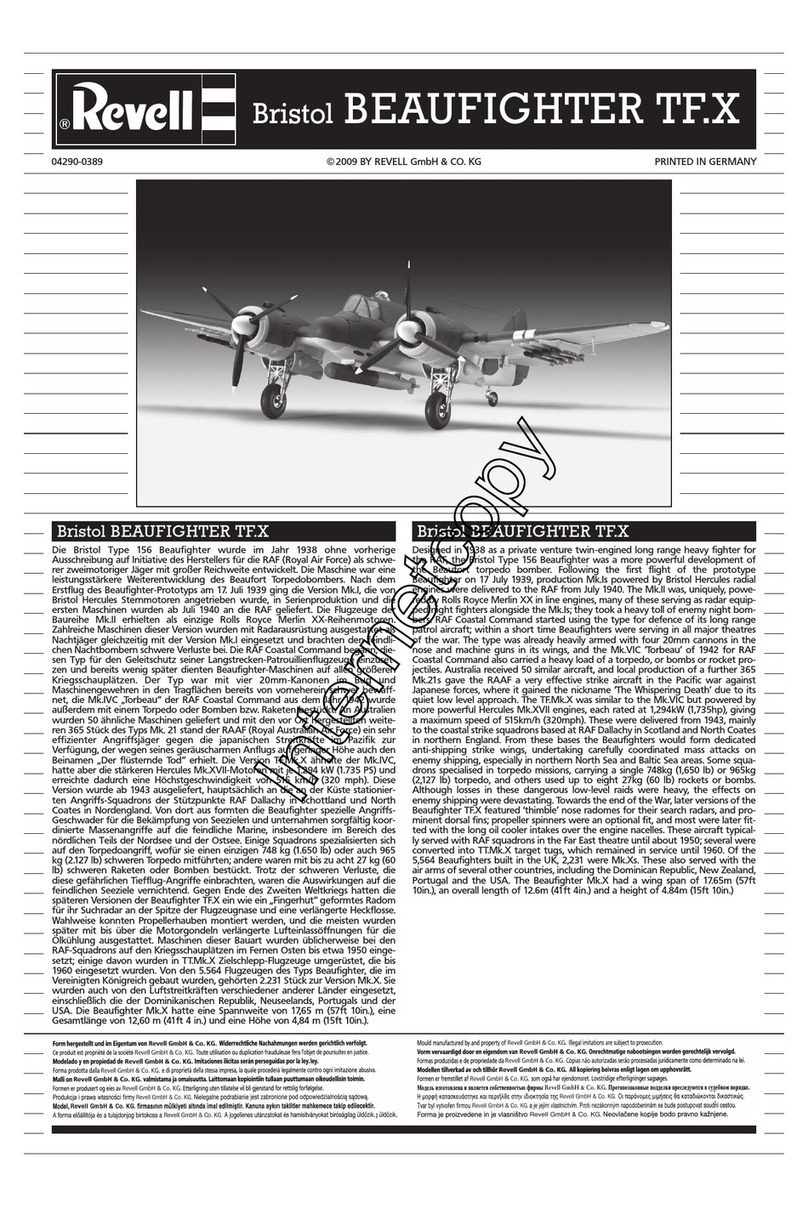5
Informations concernant le modèle réel
En 1994 apparut la locomotive d‘essai 12X d‘AEG, dès lors
testée par la DB sous l‘immatriculation 128 001. Les résultats
obtenus furent exploités pour la conception de la série 145.
La véritable «success-story» débuta toutefois en l‘an 2000
lorsque Bombardier présenta la variante polycourant : La
BR 185 était conçue aussi pour les systèmes de courant des
administrations ferroviaires voisines. Au total, 400 machines
de la série 185 doivent être acquises. En fonction du pays
d‘utilisation, les locomotives sont équipées d‘un «pack»
comprenant le système d‘arrêt d‘urgence et les équipe-
ments électriques adéquats. Extérieurement, les locomo-
tives se distinguent donc essentiellement par le nombre
de pantographes (deux ou quatre) et la largeur de leurs
semelles d‘archet. La série 185.1 est elle aussi très repré-
sentée sur les chemins de fer privés. Il existe également une
version rapide à 160 km/h de cette variante pour le trafic à
petite distance, désignée comme BR 146.1.
Les locomotives de la famille TRAXX livrées à partir de 2005
sur les rails européens représentent l‘étape d‘évolution su-
ivante : elles étaient équipées d‘une superstructure particu-
lièrement résistante en cas de collision leur conférant une
allure plus puissante et plus massive. D‘autres modifications
concernent le convertisseur électrique. Railion utilise actu-
ellement 200 de ces locomotives désormais immatriculées
dans la série 185.2. Là encore, il existe une version à 160
km/h pour le trafic à petite distance, la série 146.2.
Actuellement, ces locomotives sont utilisées pour remor-
quer les trains à deux niveaux les plus modernes dans la
région de Stuttgart, Fribourg et Nuremberg.
Informatie over het voorbeeld
In 1994 verscheen de AEG-proeflocomotief 12X, die voortaan
als 128 001 bij de DB op proef was. De opgedane ervaringen
vloeiden in de ontwikkeling van de serie 145.
De eigenlijke succesgeschiedenis begon echter in 2000.
Bombardier stelde de meersysteemvariant voor: de BR 185
was ook voor de stroomsystemen van de aangrenzende
spoorwegmaatschappijen ontworpen. In totaal worden 400
machines van de serie 185 aangeschaft. Al naar land van
inzet worden de locs met de desbetreffende treinbevei-
ligingssystemen en elektrische uitrustingen “als pakket“
uitgevoerd. Zo zijn er locs met twee of vier stroomafnemers
en verschillende breedtes sleepstukken als opvallendste
uiterlijke verschillen. Ook van de serie 185.1 zijn er veel
locomotieven bij de private spoorwegondernemingen. Ook
van deze versie is er een 160 km/h snelle uitvoering voor het
buurtverkeer als BR 146.1.
De volgende evolutiestap vormen de vanaf 2005 geleverde
locomotieven uit de TRAXX-familie op Europese rails: ze
kregen een loc-bak die optimaal crash-bestendig is, die
van voren de contouren van de locomotief krachtiger en
stoerder laat schijnen. Meer veranderingen betreffen de
elektrische omrichterinstallatie. Nu als serie 185.2 aangedu-
id stelt Railion op dit moment 200 van deze locomotieven in
dienst. Ook hiervan is er een versie voor buurtverkeer voor
160 km/h, de serie 146.2. Momenteel worden deze locomo-
tieven voor de modernste Dubbeldekstreinen in de regio‘s
Stuttgart, Freiburg en Nuerenberg ingezet.
